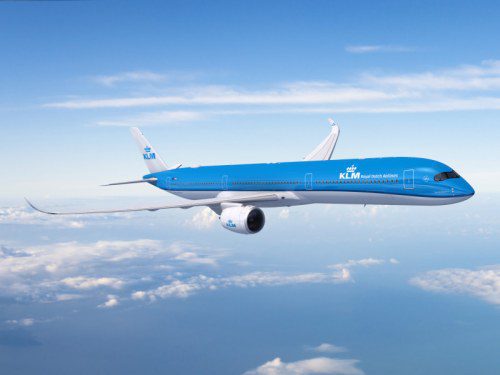 The KLM Group posted first-quarter revenues of €2.7 billion against an operational loss of €290 million. Traditionally, the first quarter is low season for the airline industry. Costs are also rising. What’s more, fleet deployability was below par in January and February. Measures taken to resolve this resulted in an improvement in March. KLM also had to deal with particularly bad weather on several days in January and February, which meant we had to rebook customers on other flights.
The KLM Group posted first-quarter revenues of €2.7 billion against an operational loss of €290 million. Traditionally, the first quarter is low season for the airline industry. Costs are also rising. What’s more, fleet deployability was below par in January and February. Measures taken to resolve this resulted in an improvement in March. KLM also had to deal with particularly bad weather on several days in January and February, which meant we had to rebook customers on other flights.
KLM did however generate strong first-quarter revenues, showing that people still want to travel. In the first quarter of 2024, KLM and Transavia operated 94% of the capacity target.
Fleet deployability was below par. Aircraft needed to spend longer in the hangar waiting for parts, affected by ongoing worldwide supply chain problems. KLM had to hire aircraft to accommodate the longer maintenance time, while the cost of concluding and extending aircraft leases has risen significantly due to global shortages. The costs associated with compensating and caring for passengers affected by disruptions can be added to this. KLM is also facing increased labour costs due to the collective agreements concluded last year, while we are not yet able to operate the corresponding capacity.
KLM has hired in more engineers and new pilots to catch up after the coronavirus pandemic, partly because additional pilots are needed in the cockpit on certain routes to Asia due to overflights to avoid Russia and the conflict in the Middle East.
KLM carried 7.5 million passengers in the first quarter. Transavia welcomed 1.8 million passengers on board.
Transavia generated greater revenues than in the first quarter of 2023. At the same time, like KLM, Transavia is facing rising costs. The engineering & maintenance division (E&M) also reported increased revenues in the first quarter, while cost increases remained almost unchanged. Cargo demand remained stable while revenues faced pressure.




















